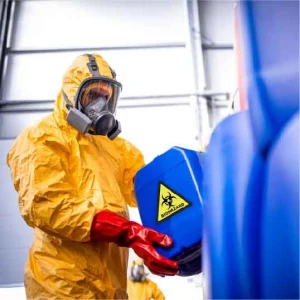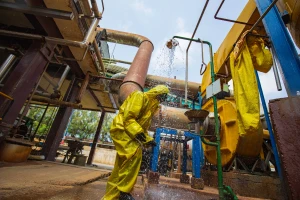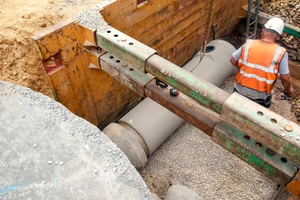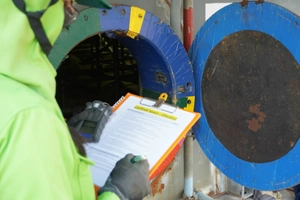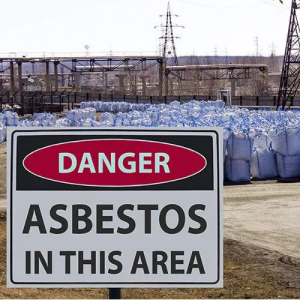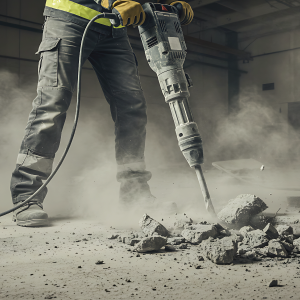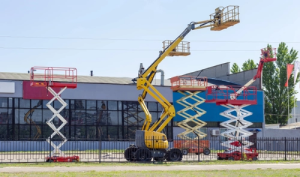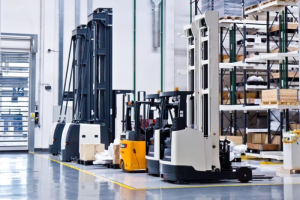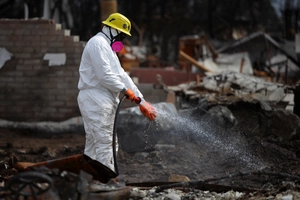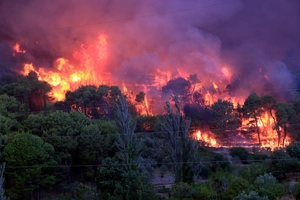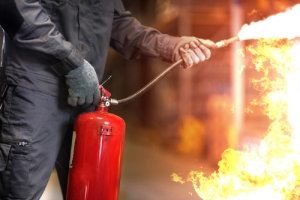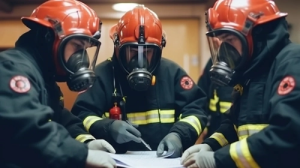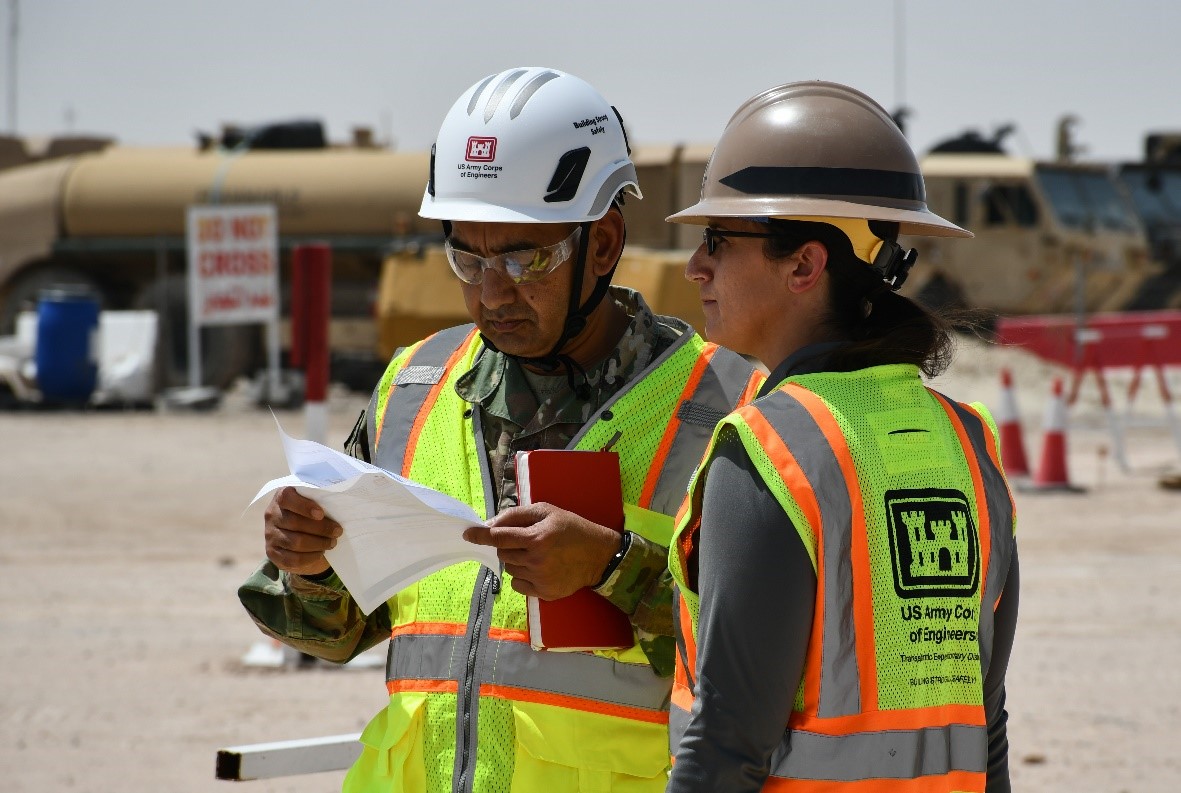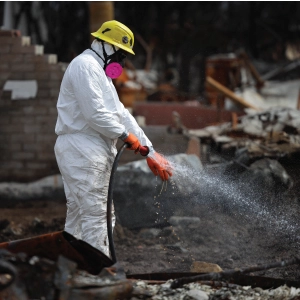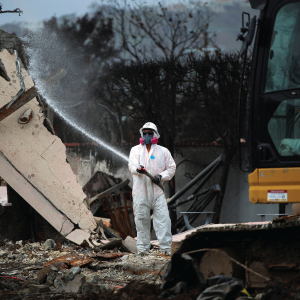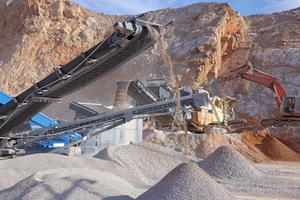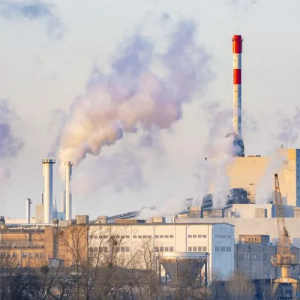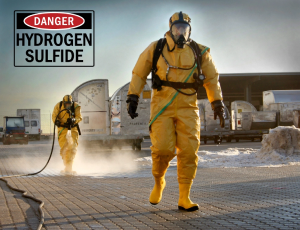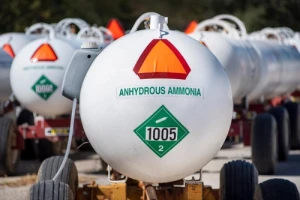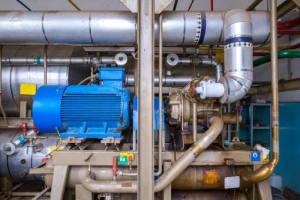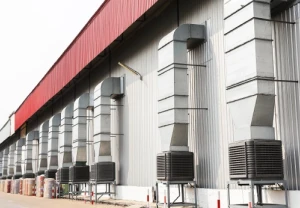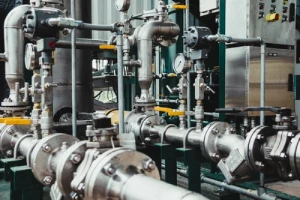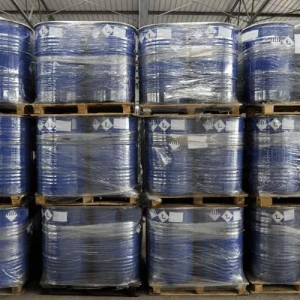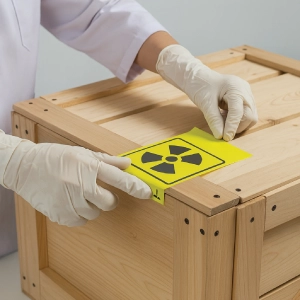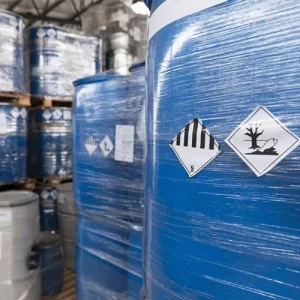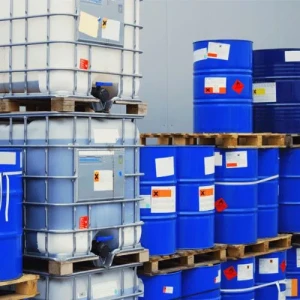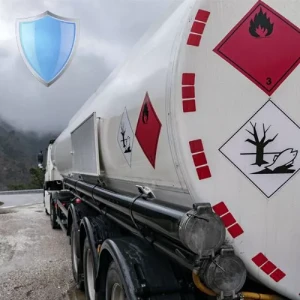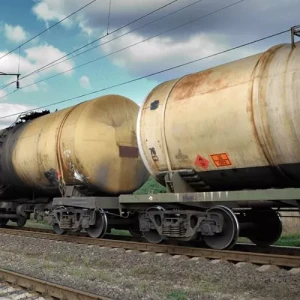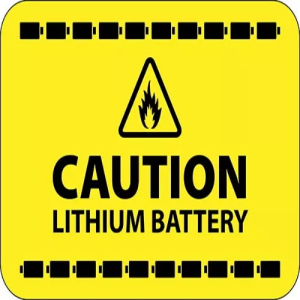Top 5 Ignition Sources in Modern Warehouses and How to Eliminate Them
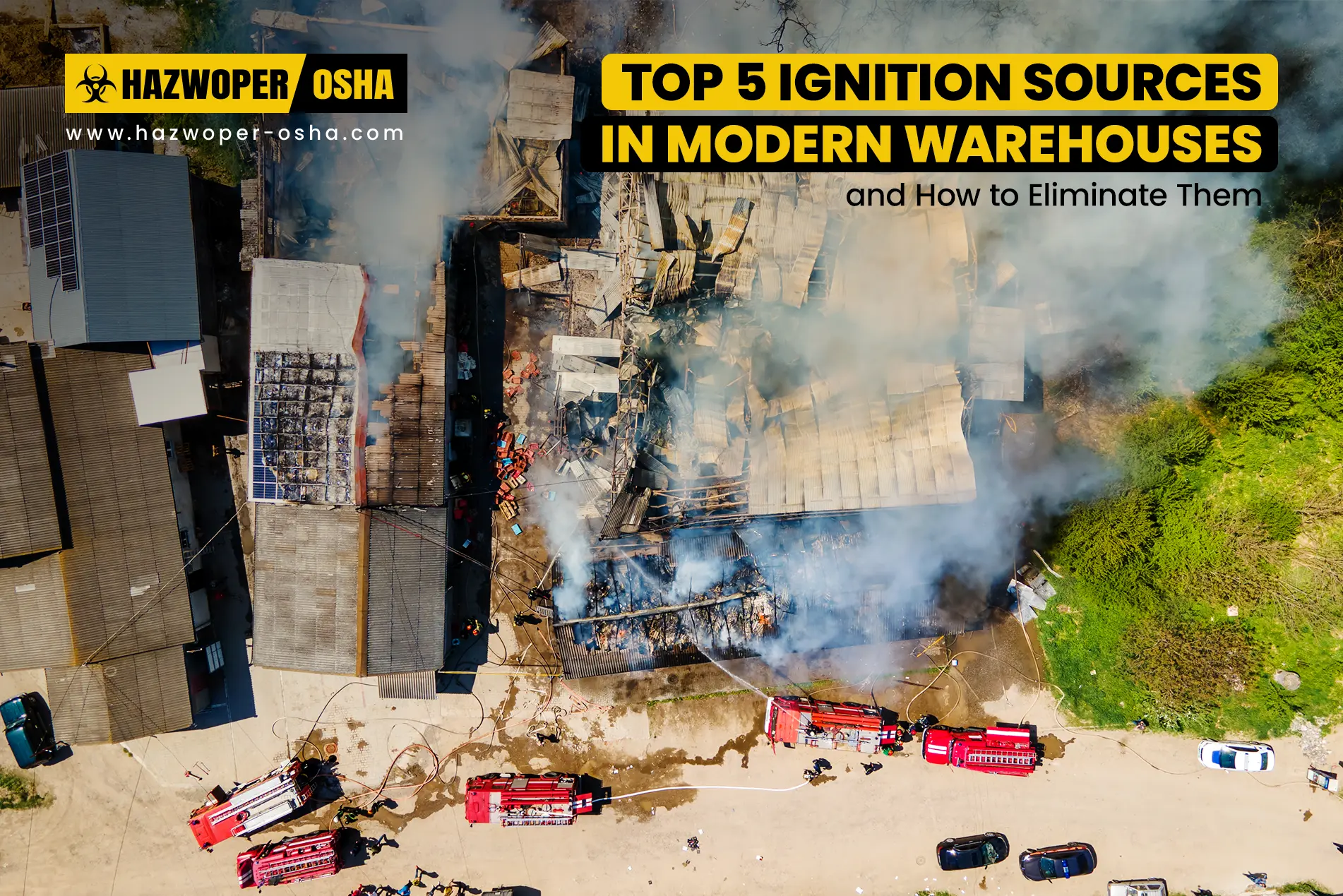
Introduction:
One spark in a warehouse is enough to cause a catastrophic fire, destroy expensive inventory, and most importantly claim innocent lives. Recent incidents prove how devastation warehouse fires can be. In 2024, a major explosion at the Northern California fireworks warehouse killed seven people and led to nearby wildfires. That same year, a massive fire at a Pennsylvania warehouse was so severe that it led to a Mayday declaration and almost 30 fire companies had to join in to control the fire. These incidents highlight that within milliseconds, fires can cause massive destruction such facilities.
As warehouses expand in scale and number, the potential impact of such fires becomes even greater. Warehousing is growing quickly and is going to surpass $1.17 trillion market size in 2025, driven by automation and e-commerce growth. But with growth, we have increased risks as well. Warehouses contain numerous ignition sources due to diverse materials stored in them, complex machinery operation, and other factors. In U.S. alone, thousands of warehouse fires erupt per year, endangering the lives of workers and threatening business operations.
This is why it is important to understand top ignition sources of warehouse fires. In this blog we will discuss top five ignition sources that are a danger to modern warehouses. And share actionable steps to eliminate these risks. Keep reading to learn how to keep your warehouse safe from fire-related incidents and ensure safe operations.
What Makes Modern Warehouses a Greater Risk for Fires?
Multiple factors put modern warehouses at a risk of fires including their design, materials stored, and intensity of operations. From 2018 to 2022, in the US alone, almost 1,500 fire incidents were reported.
The architecture and layout of modern warehouses is a critical concern. narrow aisles and closely packed shelves limit airflow, trapping heat within space and causing rapid spread of fire both vertically and horizontally. Hidden gaps above ceilings, behind insulation, and in other spaces create undetected pathways, allowing Fire to travel unnoticed until it grows out of control.
Warehouses generally store a wide range of highly combustible materials, such as textiles, paper, rubber, and plastics. These materials burn excessively and liberate toxic gases. Other materials melt when burning and can spread the fire. Overloaded Shelves fall down and spread the burning litter, contributing to spreading fire. Fire risk in warehouses is intensified due to the magnitude of warehouse operations too. 24/7 activity within warehouses, non-stop use of equipment and electrical machinery puts an added stress on the systems. Machinery that operates non-stop, such as chargers, forklifts, conveyors, and ASRS machines, leave insufficient time for inspections and other preventive maintenance. Overall, heightened operational load, rushed tasks, and tight schedules all combine and increase the risk of unexpected malfunctions resulting in fires. Constant warehouse growth and expansion, without careful consideration & planning can lead to several challenges for the warehouse management. Facilities with poorly maintained structures, huge and densely packed aisles & shelves, and poorly maintained fire suppression and detection systems are susceptible to fire incidents.
By reworking warehouse layouts, maintaining systems properly, handling materials safely, and promoting disciplined human behavior, the risk of fires can be significantly reduced. Given recent incidents and the rising operational and insurance costs, there is an urgent need for data-driven fire prevention strategies in warehouses.
What are the Top 5 Ignition Sources in Modern Warehouses?
In modern warehouses, the top 5 ignition sources present serious fire risks. Below is in-depth explanation of each ignition source:
1. Electrical Malfunctions and Overload:
The top reason for warehouse fires is electrical failures. Warehouses use extensive infrastructures to power lighting, machinery, heating, and automated systems. Main electrical failures include broken and damaged wiring, overloaded circuits, and lack of equipment maintenance. These risks are further escalated by a lack of inspections and bogus equipment. Battery charging stations, when not ventilated properly, can release explosive gases and increase ignition risk in the warehouses.
How to Eliminate Electrical Malfunction Risks from Warehouses?
To prevent electrical failures, warehouses should employ regular electrical system audits and maintain voltage requirements. Check the electrical systems regularly to inspect overloaded circuits, broken equipment, and worn wiring. Use predictive diagnostics, such as thermal imaging cameras, to keep an eye on overheating and short circuit issues. Reduce the breakdown of electrical equipment by scheduling strict maintenance of equipment.
2. Hot Work Operations (Welding, Cutting)
Any task that includes production of open flames, intense heat, and sparks, such as soldering, brazing, cutting, and welding, is considered under hot work operations. Hot work activities produce sparks that can travel several meters and ignite combustible materials often hidden within workspace. Metals can conduct heat and ignite hidden materials behind and within the structures. After electrical issues, hot works is the second most common cause of fires in warehouses. The lack of site-specific training or permission also further escalates the risk of fire due to hot work.
How to Eliminate the Risk of Hot Work Operations?
To manage the hazard of hot work, every warehouse needs a strict hot work permit system and intense supervision. During and after Hot Work operations, assign fire watches to monitor Hot Work Areas. Always necessitates the hot work permits before welding, cutting, and spark-generating activities. The employer or authorized personnel issues the hot work permit, which is a formal document that approves working with grinding, cutting, welding, and other spark-generating activities. The Hot work permit makes sure that before starting the hot work, all necessary precautions are taken, such as the removal of flammable materials, offering fire-resistant barriers, and proper ventilation of the space.
Employees Must Use Fire-Resistant Shields when working with Hot Work. Hot work should be done in an area that is clear of flammable materials. Always keep hoses, fire extinguishers, and other equipment needed for firefighting nearby when doing hot work.
3. Lack of Proper Storage for Flammable Materials:
Most warehouses contain a mixture of flammable materials such as rubbers, plastics, chemicals, and papers, all of which contribute to spreading the fire. They become a fire risk when stored improperly, such as being placed too close to ignition sources or mixed with incompatible items. Materials that melt while burning can also accelerate the spread of fire.
How to Eliminate the Risk of Flammable Materials within the Warehouse?
Flammables should be stored in specific assigned and fireproof areas away from ignition risks. Strict inventory management should be used to store flammable materials to avoid overstocking them. Label all the hazardous materials clearly and use Safety Data Sheets (SDS). Inspect storage conditions regularly and maintain safe separation distances between flammable materials.
4. Combustible Dust and Debris Accumulation:
Materials that produce dust, such as coal, rubber, textiles, and powdered chemicals, are also sources of ignition. The dust from these materials collects in warehouses and is highly flammable when suspended in the air. An intense dust explosion can occur due to a small spark or any heat source causing a secondary fire.
How to Eliminate the Risk of Dust and Debris from Warehouse?
Induct and maintain effective dust collection methods and use ventilation systems targeted at high-risk areas. Routinely clean dust control equipment to stop accumulation of combustible dust and debris. Keep checking static electricity buildup in the warehouse and use anti-static equipment in critical areas. Check hidden spots in warehouses regularly to pinpoint unseen dust buildup on areas such as beams, vents, and ducts.
5. Human Negligence and Error:
Another major source of ignition is human errors. Human errors such as incorrect installation of electrical components, non-compliance with safety procedures, smoking near flammable materials, and even arson are major contributors to warehouse fires. Improper valve installation and understaffing caused the ignition of 2024 cargo vessel engine room fire. To minimize such human errors, workers should be trained and supervised, and strict safety measures should be enforced to reduce hazards.
How to Eliminate the Risk of Human Errors from Warehouse?
Perform continuous and in-depth fire safety training made for the warehouse roles, especially, emphasizing the ignition sources understanding. Inside the warehouse, there should be a strict no-smoking policy. Smoking zones should be marked clearly outside fire-risk zones. Establish a safety culture that reinforces hazard reporting and stricter adherence to protocols. Warehouses should have strict security measures, better surveillance, and access control to cut down arson risks.
In conclusion, warehouse fires are commonly caused by technical failures, characteristics of materials, human errors, and operational factors. The factors are then intensified by size and complexity of warehouse architecture & layout.
How Businesses Can Reduce Warehouse Fire Risks?
Apart from tackling ignition sources, warehouse owners can also implement the following strategies to reduce the risk of warehouse fires:
Perform an In-Depth Risk Assessment:
- In a warehouse, identify all potential fire hazards from equipment and storage practices to operational processes and human activities.
- Regularly evaluate these risks using detailed checklists, compliance standards, and technical inspections to ensure nothing is overlooked.
Train Employees and Enforce Policies to Reduce Human Errors:
- Perform continuous and in-depth fire safety training made for the warehouse roles, especially, emphasizing the ignition sources
- Inside the warehouse, there should be a strict no-smoking policy. Smoking zones should be marked clearly outside the fire-risk zones.
- Establish a safety culture that reinforces hazard reporting and stricter adherence to protocols.
- Warehouses should have strict security measures, better surveillance, and access control to cut down the arson risks.
Fire Detection and Suppression Systems Should be Maintained and Upgraded:
- Every warehouse should have heat, smoke, and thermal detectors installed; all connected to the central alarms.
- Warehouses should have active fire suppression systems in place tailored to the type of material stored, for example, gas-based systems, sprinklers, or foam-based systems. Choosing the right system is pertinent, as water may be ineffective or even dangerous for certain fires, such as those involving flammable liquids or electrical equipment. Test and upgrade all fire safety equipment regularly.
Emergency Response Planning and Practice:
- Evacuation routes in warehouses should be clear and unobstructed.
- Fire drills should be held regularly in warehouses to familiarize employees with evacuation procedures.
- First aid stations should be accessible to employees
- There should be designated emergency response teams.
- Clear communication protocols should be established for emergencies.
The Final Word:
In today's logistics landscape, warehouse fires are a major threat, especially in facilities with high-density storage, combustible materials, and complex machinery. Past fire incidents, along with an understanding of major ignition sources, make one thing clear: warehouse owners and operators are ultimately responsible for prevention. A well-trained workforce and the adoption of advanced technology can help in fire mitigation and further strengthen this defense. Let's turn fire risk management into a daily strategic priority.
References:
Fire Engineering, November 6, 2024, Mayday Declared During Four-Alarm PA Warehouse Fire, https://www.fireengineering.com/firefighting/mayday-declared-during-four-alarm-pa-warehouse-fire/

 EN |
EN |  ES
ES